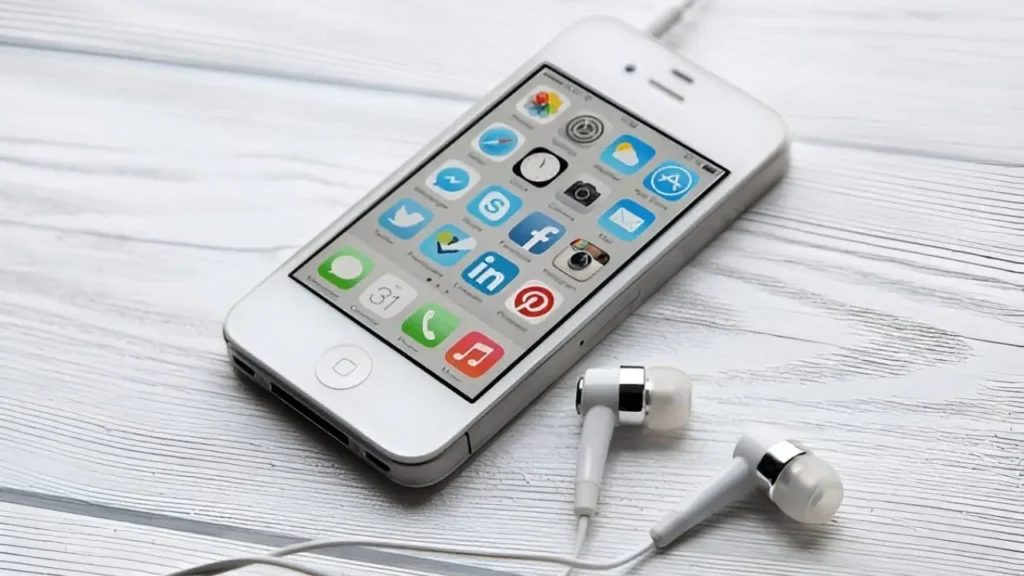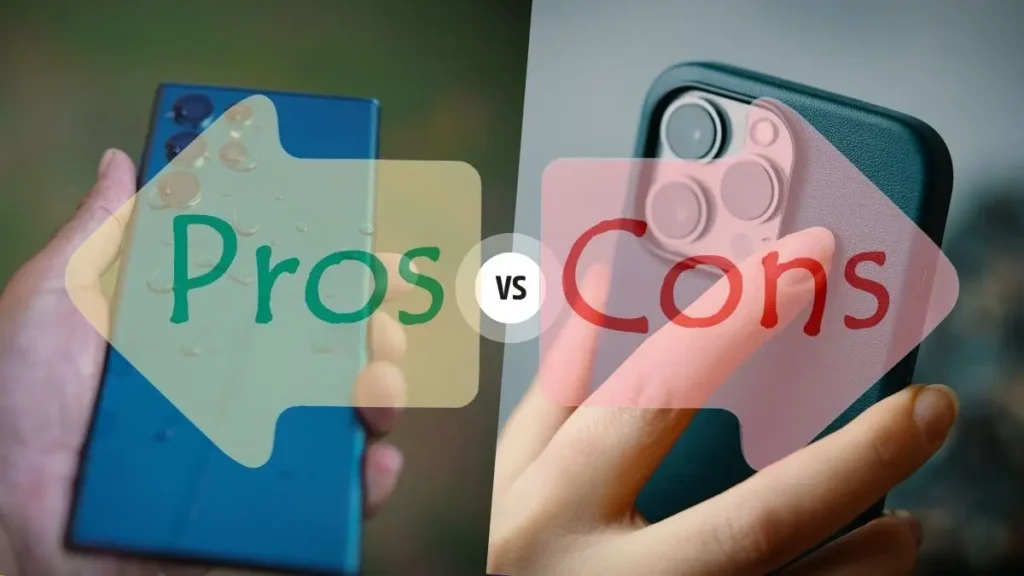Introduction: The iPhone That Set New Standards
In June 2010, Apple launched what many still call the most iconic iPhone ever — the iPhone 4. With a stunning glass-and-metal design, the revolutionary Retina display, and the introduction of FaceTime, this model set a whole new benchmark for smartphone quality and design.
Even in 2025, the iPhone 4 is remembered fondly for its bold leap in build quality and user experience. Let’s dive into this classic iPhone — just like we did with the OPPO A71 — and explore why it still holds a special place in tech history.
iPhone 4 (2010) Detailed Specifications
| Feature | Details |
|---|---|
| Launch Date | June 24, 2010 |
| Network | 2G / 3G (No 4G) |
| Display | 3.5-inch IPS LCD Retina, 640×960 px (~330 ppi) |
| Processor (SoC) | Apple A4, 1.0 GHz (single-core) |
| RAM | 512 MB |
| Storage Options | 8GB / 16GB / 32GB (No SD card slot) |
| Rear Camera | 5 MP, autofocus, LED flash, 720p video |
| Front Camera | VGA (0.3 MP), FaceTime video support |
| Battery | 1420mAh, non-removable |
| OS (at Launch) | iOS 4 (upgradable to iOS 7.1.2) |
| GPU | PowerVR SGX535 |
| Dimensions | 115.2 x 58.6 x 9.3 mm |
| Weight | 137 grams |
| Build | Glass front/back, stainless steel frame |
| Charging Port | 30-pin dock connector |
| Connectivity | Wi-Fi 802.11 b/g/n, Bluetooth 2.1, GPS |
| Colors | Black, White |
| Price at Launch | $199 (16GB), $299 (32GB) with contract |
Design & Build Quality
Apple took a bold step with the iPhone 4 by using a glass front and back, sandwiched between a stainless steel frame. It was sleek, premium, and unlike anything else on the market in 2010.
The flat edges and industrial design still influence current iPhones like the iPhone 14 and 15 — proof of how ahead of its time this model was.
Fun Fact: Steve Jobs called it “the biggest leap since the original iPhone” — and he wasn’t wrong.
Display Quality: Retina Revolution
The iPhone 4 introduced the Retina Display, offering a pixel density so high (~326 ppi) that individual pixels were virtually invisible to the human eye. It changed how we perceived smartphone displays forever.
In 2010, it felt futuristic. In 2025, it still holds up remarkably well for text clarity and UI crispness — though obviously not suited for media-heavy tasks.
Performance & Software Experience
Powered by the Apple A4 chip and 512MB RAM, the iPhone 4 delivered excellent day-to-day performance at launch — smooth multitasking, browsing, and app handling (for its time).
It launched with iOS 4, which brought multitasking and folders to iPhones, and was upgradeable to iOS 7.1.2 — a testament to Apple’s long-term software support.
However, by today’s standards, it struggles to run even basic apps, and most modern services are unsupported.
Camera Performance
The iPhone 4 came with a 5MP rear camera — Apple’s best yet at that time. It introduced LED flash, tap to focus, and 720p HD video recording.
It also introduced the front-facing camera with FaceTime, revolutionizing video calls.
In daylight, the camera still produces decent images.
In low light, it struggles — but that’s expected from a 2010 device.
Battery Life
With a 1420mAh battery, the iPhone 4 could last a full day on calls, music, and light browsing. But in 2025, most batteries in used models are degraded — requiring replacement for proper use.
Charging is done via the 30-pin connector, with no fast charging or wireless capabilities.
Pros and Cons of iPhone 4
| ✅ Pros | ❌ Cons |
|---|---|
| ✅ Premium glass & steel design | ❌ Small battery & no fast charging |
| ✅ Sharp Retina display | ❌ Average low-light camera |
| ✅ 720p HD video recording | ❌ Slows down on iOS 7 |
| ✅ Smooth performance for its time | ❌ Outdated 30-pin charging port |
| ✅ Compact and pocket-friendly | ❌ No 4G or modern network support |
Final Verdict: Is iPhone 4 Still Worth Owning in 2025?
The iPhone 4 is not just a phone — it’s a piece of tech history. Its design influenced a generation of smartphones. It introduced the Retina Display, FaceTime, and brought premium materials to everyday users.
In 2025, it’s not recommended for regular use, but if you’re a collector or a fan of vintage Apple tech, the iPhone 4 is a must-have.
Verdict: A legendary device — best for nostalgia, not daily use.
Frequently Asked Questions (FAQs)
Q1: Does iPhone 4 still work in 2025?
It may work over Wi-Fi, but most cellular networks no longer support 3G.
Q2: Can I run apps on it today?
No, the App Store has dropped support for iOS 7.1.2, and most apps won’t work.
Q3: Does it have FaceTime?
Yes! It was the first iPhone to support FaceTime (Wi-Fi only).
Q4: Can the battery be replaced?
Yes, through third-party repair shops or DIY kits.
Q5: Is it worth anything today?
Sealed or mint-condition models can sell for $100–$500+ as collector’s items.
If you found this review helpful, don’t forget to share it with friends looking for a budget smartphone!


